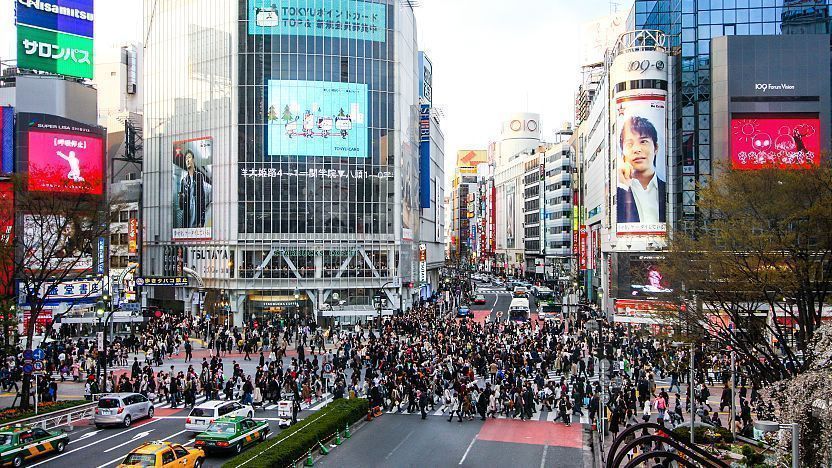Here are our top 4 fun things to do on Golden Week.
Tokyo Tower 333 Carp Streamers
For the Children’s Day celebrated on May 5, Tokyo Tower will be decorated with 333 carp-shaped windsock streamers of different sizes and colors, plus one bonus fish – a giant Pacific saury. The number 333 comes from the height of Tokyo Tower which is 333 meters tall.
Niku Fes
A large meat festival will be held in Komazawa Park during this Golden Week. Maet dishes of all kinds and genres will be featured. Even if you do not eat meat, you can try some of their plant-based meat options or desserts!
Nemophila Harmony
A famous Hitachi Seaside Park in Ibaraki will be in full bloom during the first half of May. Do not miss your chance to enjoy this truly stunning park.
A day trip
Golden Week is also a great chance to take your time and go on a trip. Even if you did not plan anything in advance, you still can make a day trip to Kamakura, Hayama, Zushi, Yokohama, or Hakone. Enjoy the beautiful nature and delicious food. You can file plenty of it in these places.
What are your plans for this GW? Leave a comment and let us know.










